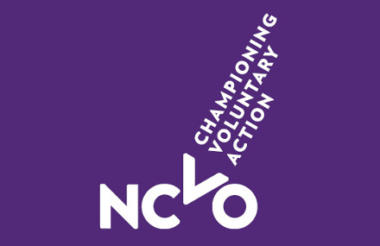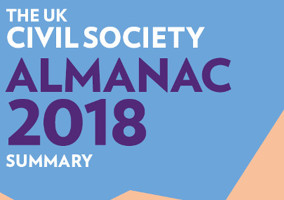Larger charities have more in common with smaller charities than is “commonly assumed”, according to new NCVO research published today.
The research briefing Britain's Biggest Charities: Key features analyses charities with incomes over £100m, referred to as "super major" charities. The collective income of £100m plus charities increased from £6.4bn in 2009/10 to £9.4bn in the year to March 2016 as the number of charities in that bracket grew from 26 to 45.
It says that these “super-major” charities generate their income from similar sources to the rest of the voluntary sector, with the highest proportion of their income from the general public, and similar amounts from investment returns, the National Lottery and business.
However, since 2009/10, £100m plus charities have increased their share of the voluntary sector’s total income from government from 12 per cent in 2009/10 to 16 per cent in 2015/16.
But the report says this is largely due to international development charities, which on their own saw a 72 per cent increase in government income between 2013/14 and 2015/16 alone.
Save the Children International grew at the fastest rate between 2009/10 and 2015/16, by 9584 per cent, while Action for Children’s income dropped by 30 per cent during that time.
Comparisons to wider sector
Some 68 per cent of the £100m plus charities are based in London, compared to just 18 per cent in the wider charity sector.
Nine of the 10 largest grant-makers in the charity sector have an income of more than £100m, while charities in this bracket account for 33 per cent of the sector’s overall spending on grants to other voluntary organisations, individuals, universities and government bodies.
The Wellcome Trust is by far the largest grant-maker, spending £801m, with Cancer Research UK, which spends £279m, second.
However, some of these £100m plus charities donate to other large charities, such as Cancer Research UK, which gives money to the Francis Crick Institute.
Almost a third of the £100m plus charities work in social services, with Barnardo’s being the biggest, compared to under a fifth of the wider sector.
'A very diverse group'
Karl Wilding, director of public policy and volunteering at NCVO, said: "This new analysis shows that the UK’s charities might have more in common with much smaller organisations than is commonly assumed.
“£100m plus charities, despite their size, are impacted by wider trends in government spending, individual giving and grant making in much the same way as the rest of the voluntary sector.
“But they’re also a very diverse group – like the rest of voluntary sector, they represent all walks of life. By digging a little deeper in this report we hope to help a build understanding of how our largest charities fit into the voluntary sector.”
|
Related articles












